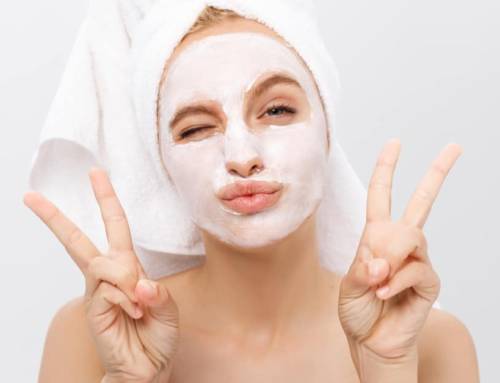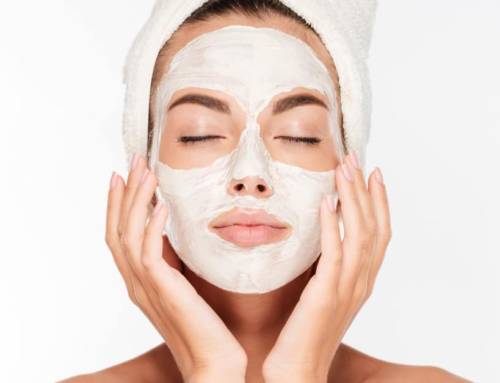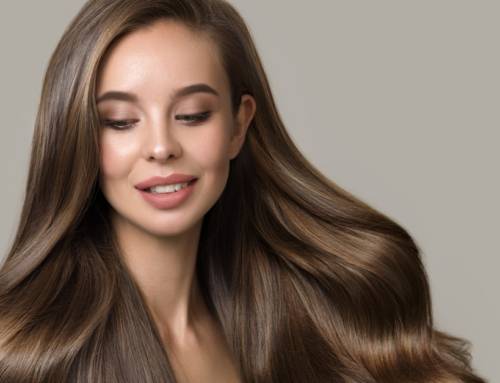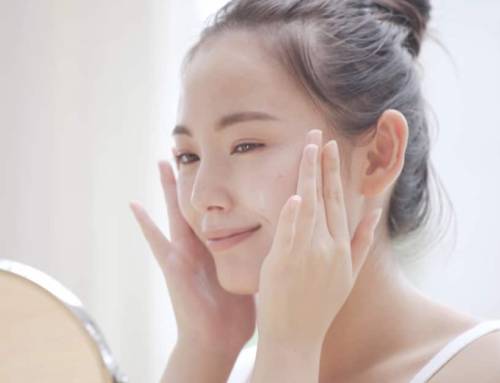The Skinification of Hair Care Propels Market Growth
October 20, 2020
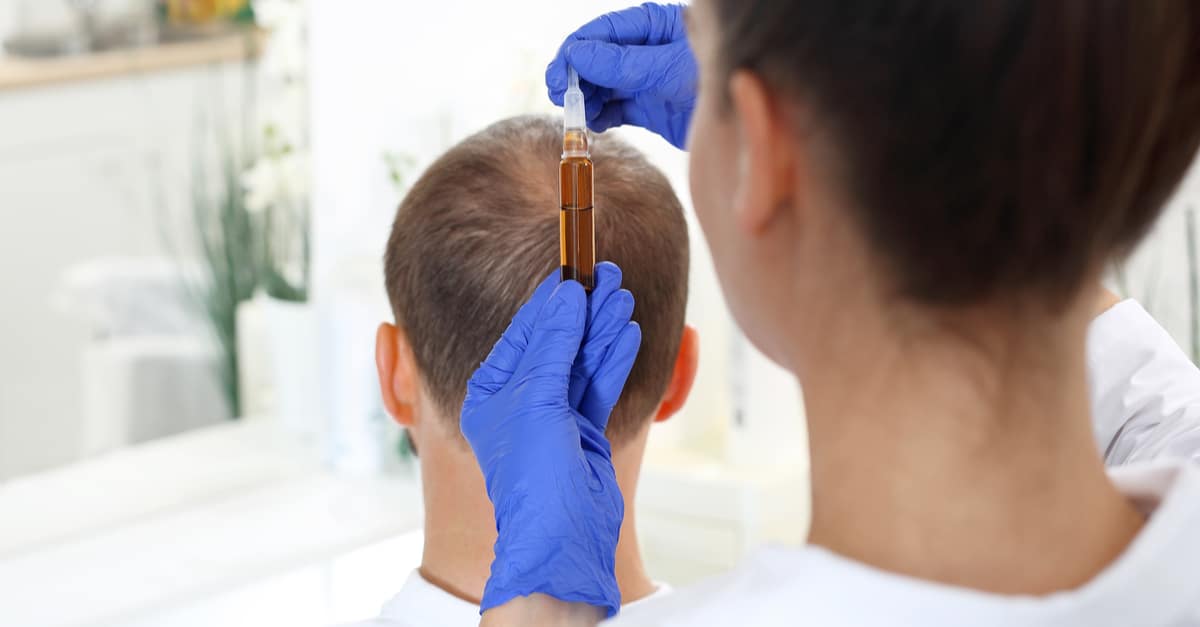
The booming growth of the hair care market is linked to the “skinification” of hair, or the new consumer desire to protect and promote the health and appearance of the hair beyond a standard shampoo and condition.
“Since the beginning of 2020, the ‘skinification’ of hair has reached new heights. Hair-care brands have moved beyond the basic scalp scrub to debut scalp serums and ampoules, while also bringing more skin-care-like ingredients like probiotics and salicylic acid into product formulas,” according to Emma Sandler in Glossy.
Three new trends propelling the skinification trend and the growth of the hair care market include increased demand for scalp care products, a boosted desire for anti-aging hair care, and a larger need for at home hair care solutions.
Interest in scalp health
A huge driver behind the expected growth of the hair care market is the new consumer focus on the health of the scalp.
Consumers are more educated than ever about the importance of scalp health for improved hair health, and as a solution to dandruff, dry hair, frizz, flyaways, and excessively oily or greasy hair.
To that extent, scalp care products are in high demand.
“It makes sense that scalp care is big news in beauty right now, with women looking to prevent, rather than treat hair issues. Space NK has reported a 196% growth in the scalp care category over the past 12 months, and there are now plenty of products available that sit at the intersection of skincare and haircare,” according to Harper’s Bazaar.
Experts predict innovative scalp care products will continue to drive the growth of hair care market over the next five years, specifically:
- Exfoliating scalp scrubs
- Scalp masks
- Scalp serums
- Caffeine based scalp “stimulating” treatments
- Pre-shampoo treatments that are massaged into the scalp
Anti-aging haircare
Another huge driver behind the projected growth of the hair care market? A boosted desire for anti-aging products that can protect and promote hair appearance and vitality.
According to new data published in Global Cosmetic Industry:
- Almost 80% of middle-aged women expressed a desire for their hair to make them feel prettier and more confident,
- More than 60% of middle-aged women stated a preference to buy shampoos and conditioners customized to address personal hair care goals, including more youthful, healthy-looking hair.
- 46% of U.K. consumers are interested in using anti-aging haircare products.
- 19% of U.K consumers would pay more for anti-aging haircare products.
As the skinification trend for hair care grows, anti-aging products for the hair will become more important than ever to consumers.
Experts predict scientifically researched ingredients that promote facial skin health and vitality, like ceramides, peptides, hyaluronic acid, glycolic acid, and antioxidants will be of top interest to consumers when added to shampoos, conditioners, treatments, scrubs, and leave-on formulations.
At-home solutions
Finally, the projected growth of the hair care market can be linked to more time spent at home during Covid-19.
“The increase in hair-care sales have skyrocketed in recent years, and even more so during the novel coronavirus pandemic. With the closure of many hair salons, people were forced to take care of their hair at home. Aside from the pandemic, sales have gone up in large part due to the demand of natural and organic ingredients in hair products,” explains Lauren Harano in PopSugar.
"The increase in hair care sales have skyrocketed in recent years, and even more so during the novel coronavirus pandemic."
Lauren Harano, PopSugar
With salons and barbershops shut down or operating at limited capacity, many consumers have turned to at-home hair care including DIY dying, cuts, and treatments.
Hair masks and hair treatments saw a 30% growth in sales in the second quarter, ending June 30, according to data from NPD Group. Additionally, hair treatments gained $13 million in sales during the initial lockdown periods earlier this year.
Moving ahead, the trend for at home hair care is predicted to continue, as consumers attempt to maintain hair health and appearance, sans salon.
Hair care heats up
The haircare market will keep heating up as consumers demand more:
- Scalp care products
- Anti-aging hair care products
- At-home treatments
As the skinification of hair care continues into the new year, formulators that can offer innovative, scientifically researched hair care products that promote hair health and appearance will be rewarded by consumers.



